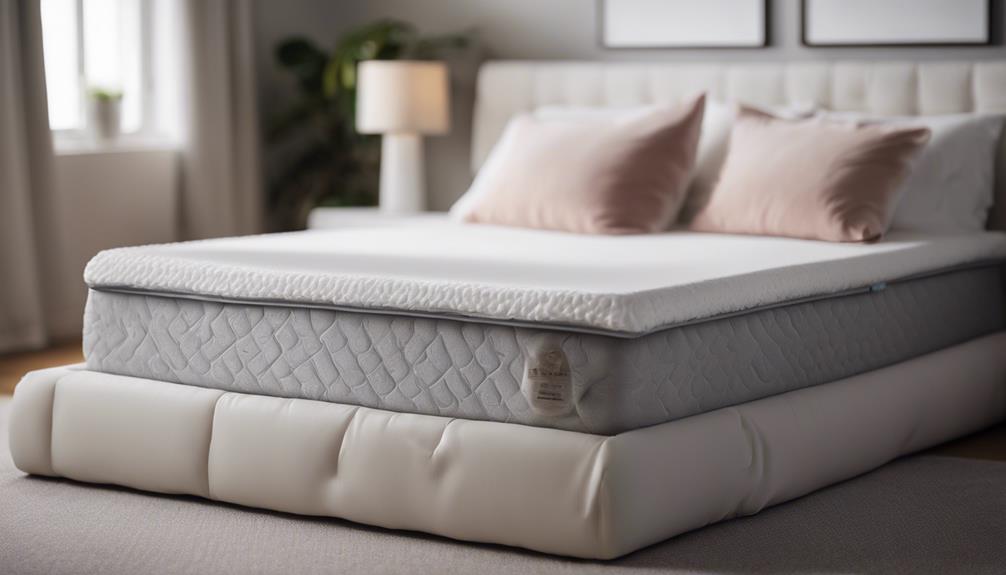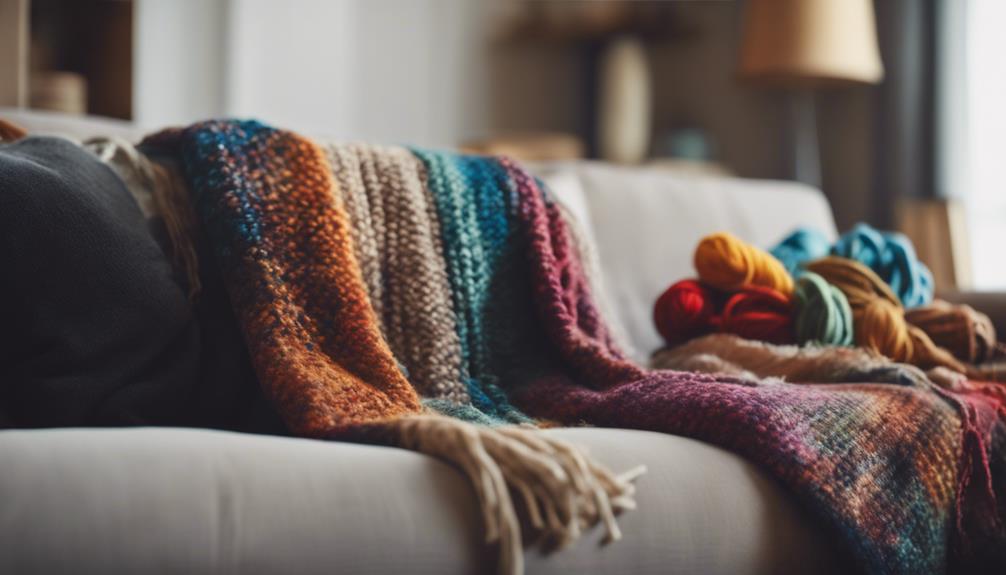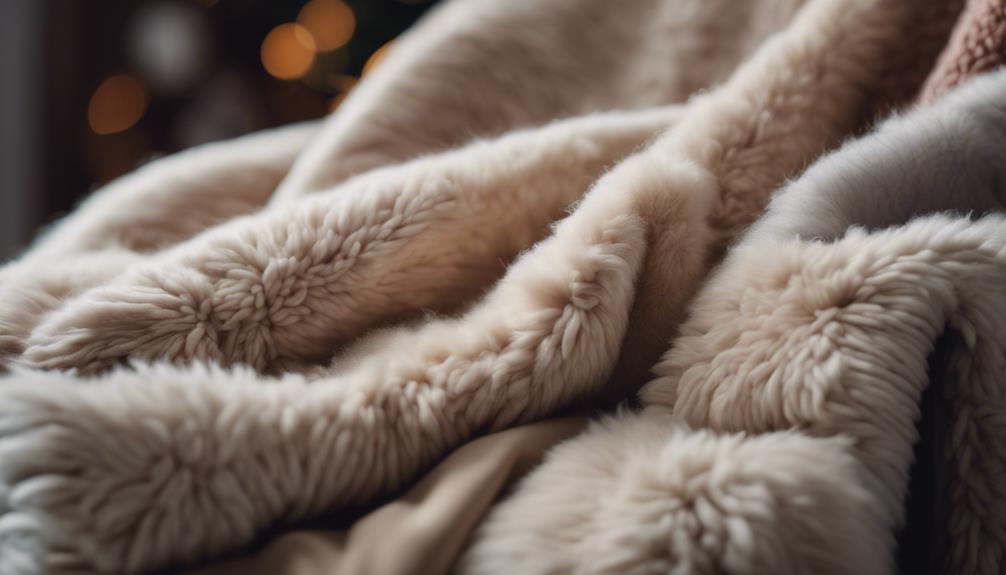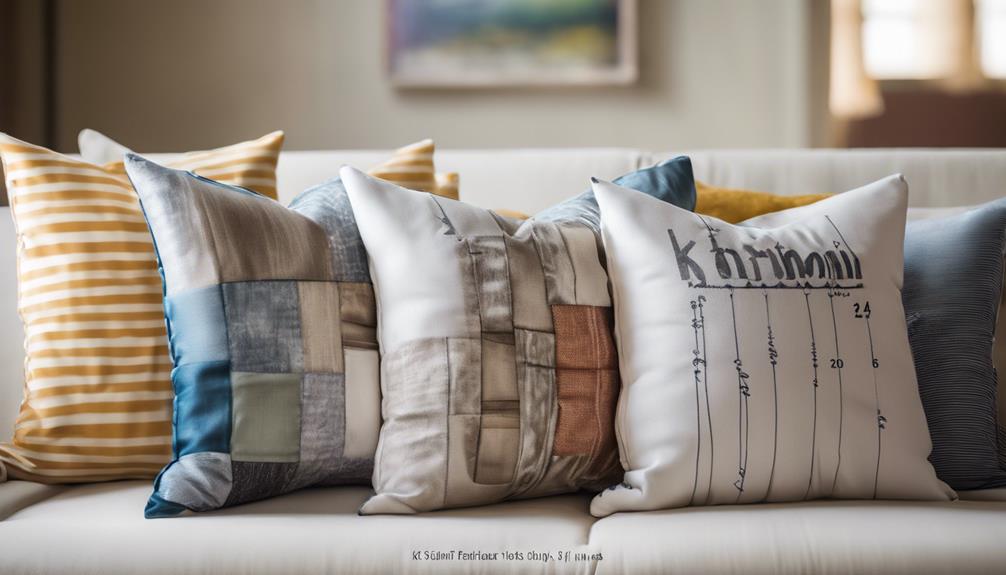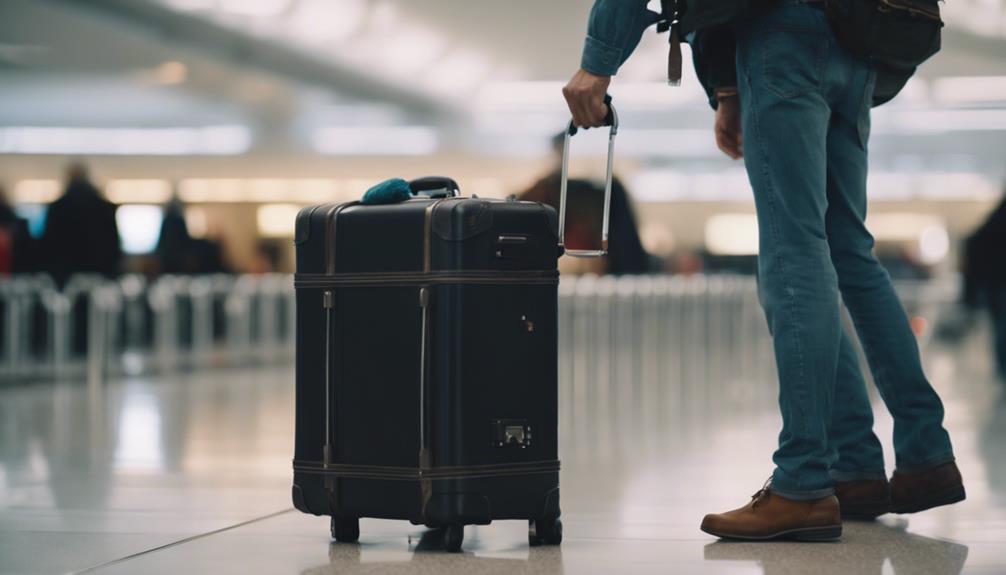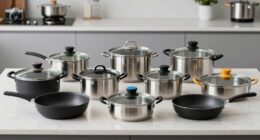Electric throws typically consume between 50 to 150 watts of electricity. The wattage, heat settings, and insulation quality all play a role in determining energy consumption, which in turn affects costs and efficiency. While higher wattage can provide more warmth, it also leads to higher electricity bills. To save on costs, consider opting for energy-efficient models. By adjusting heat levels and duration of use, you can impact electricity expenses. Quality insulation is also important in reducing energy consumption. It is crucial to monitor usage and choose appropriate settings to optimize energy use. Dual-temperature options offer flexibility in controlling warmth. By managing these factors, you can effectively control electricity expenses. Understanding wattage, usage patterns, and cost-saving strategies is essential for efficient usage. For more information on using electric throws, refer to additional details to assist in making well-informed decisions.
Key Takeaways
- Electric throws typically consume 50-150 watts, impacting electricity costs.
- Energy-efficient models save on electricity expenses.
- Monitoring and adjusting heating settings optimizes energy consumption.
- Quality insulation reduces overall energy usage.
- Understanding wattage, usage patterns, and insulation informs cost-effective decisions.
Electric Throw Wattage Range

When we consider the electric throw wattage range, it typically falls between 50 to 150 watts. The importance of the power rating of an electric throw lies in determining its energy consumption. Higher wattage throws provide more heat but may also lead to increased electricity costs.
For instance, using a 100-watt electric throw for 4 hours daily can amount to around 12 cents per day. However, opting for energy-efficient models with lower wattage can help save on electricity costs in the long run. By monitoring usage and selecting the appropriate wattage for our needs, we can optimize energy consumption with electric throws.
It's important to strike a balance between warmth and energy efficiency when choosing an electric throw. By being mindful of wattage and energy-efficient features, we can enjoy the comfort of a heated throw while also being conscious of our electricity usage.
Factors Affecting Electricity Usage

When considering factors affecting electricity usage in an electric throw, it's important to pay attention to:
- The impact of heating settings
- The duration of usage
- The quality of insulation
The heat setting selected can greatly influence the amount of electricity consumed, while the length of time the throw is in use also plays an essential role. Additionally, the quality of insulation within the throw can determine how efficiently it retains heat, affecting overall energy consumption.
Heating Settings Impact
Maximizing the efficiency of electric throws involves adjusting the heating settings to minimize electricity consumption. The power usage of an electric throw is directly affected by the chosen heating levels. Opting for higher heat settings results in increased electricity consumption, making it less vital.
Conversely, selecting lower heat settings can help reduce electricity usage, offering a more essential alternative. Some electric throws come with dual-temperature settings, giving users the flexibility to control electricity consumption by adjusting the heat level. Understanding how different heating settings impact electricity consumption is important for managing energy costs effectively when using an electric throw.
Usage Duration Matters
Understanding the impact of usage duration on electricity consumption is essential when using an electric throw. Here are three key factors to take into account when it comes to electricity usage with an electric throw:
- Longer Usage Durations: Using the electric throw for extended periods increases electricity consumption, leading to higher energy costs.
- Energy Efficiency: Selecting energy-efficient settings and monitoring usage time can help manage electricity usage effectively.
- Cost Estimation: Understanding the wattage and usage patterns of your electric throw is vital for accurately estimating electricity costs.
Quality of Insulation
Proper insulation quality greatly influences the electricity usage of an electric throw. Investing in an electric throw with high-quality insulation can lead to significant energy savings over time. Superior insulation helps the throw retain heat efficiently, reducing the amount of electricity needed to maintain a comfortable temperature.
By choosing an energy-efficient option with excellent insulation, you can lower electricity consumption and enjoy cost savings on your energy bills. Electric throws with exceptional insulation may require less power to reach and sustain the desired warmth, making them a smart choice for those looking to minimize electricity usage.
Understanding the importance of insulation quality in electric throws can guide you towards making a more informed and economical purchase decision.
Calculating Electric Throw Energy Consumption

When calculating electric throw energy consumption, it's important to understand the breakdown of energy usage.
Implementing cost-saving tips is also crucial.
Regularly monitoring power consumption is another key aspect.
By keeping track of these points, one can effectively manage and optimize the electricity usage of an electric throw.
This ensures both efficiency and cost-effectiveness in heating solutions.
Energy Usage Breakdown
When calculating the energy consumption of an electric throw, one can multiply the wattage of the throw by the hours of use and the electricity rate. Here's a breakdown to help you understand electric throw energy usage:
- Wattage Efficiency: Modern electric throws are designed to be energy-efficient, consuming around 60 to 120 watts per hour, making them a cost-effective option for staying warm.
- Usage Cost: Using an electric throw for 8 hours a night can cost between 4.8 to 9.6 cents in electricity, depending on the wattage of the throw and your local electricity rate.
- Accurate Estimation: Understanding the wattage of your electric throw is key to accurately estimating its electricity consumption, helping you manage your energy usage effectively.
Cost-Saving Tips
To save on electricity costs while using an electric throw, consider calculating its energy consumption by multiplying the wattage, hours of use, and electricity rate. By understanding the power consumption of your electric throw, you can manage your energy bills more effectively.
For instance, if your electric throw consumes 150 watts per hour and you use it for 6 hours a day at a rate of $0.12 per kWh, the daily cost would be $0.72. To estimate your monthly cost, multiply the daily cost by the number of days in a month.
Being aware of the wattage and duration of use allows for a more accurate prediction of your electric throw's electricity consumption, helping you make informed decisions to save on costs.
Monitoring Power Consumption
Monitoring power consumption for an electric throw involves understanding its wattage and the duration of use to calculate energy consumption accurately.
To explore this concept further, consider the following:
- Wattage Matters: An electric throw typically consumes 100-150 watts per hour, impacting energy usage significantly.
- Daily Usage: For instance, using a 150W electric blanket for 6 hours daily results in 0.9 kWh/day consumption.
- Monthly Costs: Calculating the monthly usage by multiplying daily consumption by 30 can help estimate costs more effectively.
Understanding these aspects aids in managing energy consumption and predicting electricity expenses.
Comparing Electric Throw to Other Heating Options
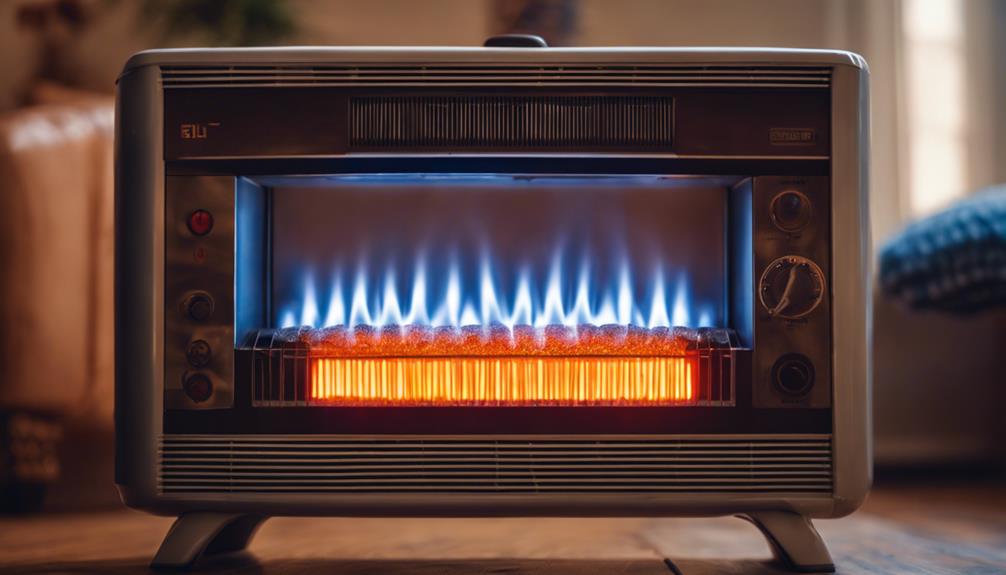
Electric throws prove to be a more cost-effective and energy-efficient heating option compared to space heaters. While an electric throw typically consumes around 60-100 watts of power, space heaters can use 750-1500 watts, making electric throws a more economical choice.
These blankets are designed to offer localized warmth, perfect for use on sofas, chairs, or beds, providing a cozy and efficient way to stay warm. Using an electric throw for 4 hours a day costs approximately 6-10 cents, depending on the electricity rate, making them a budget-friendly option for heating.
In contrast, space heaters can notably increase electricity bills due to their higher power consumption. Electric throws not only help save on energy costs but also offer a comfortable and affordable solution for keeping warm without the considerable energy use associated with traditional heating methods.
Energy Efficiency of Electric Throws
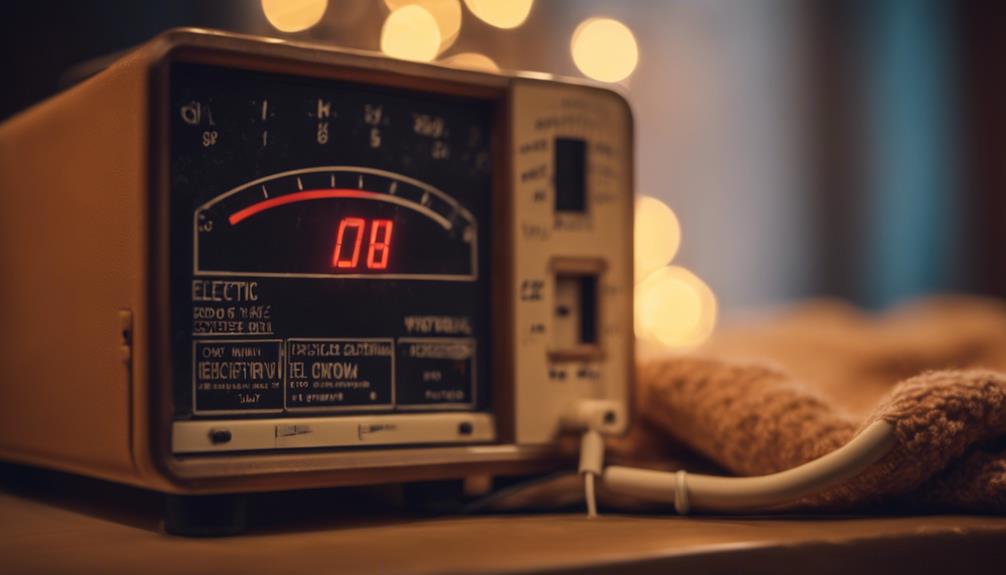
How effectively can modern electric throws provide targeted warmth without high electricity consumption?
Modern electric throws are designed to be energy-efficient, offering a cost-effective way to stay warm during colder months. Here are three key points to take into account:
- Energy-Efficient Design: Electric throws are engineered to provide warmth efficiently, using around 50-100 watts of power per hour. This design allows for targeted heating without consuming excessive electricity, making them a practical choice for staying cozy.
- Cost-Effective Heating: Using an electric throw for 8 hours a night typically costs only around 8-16 cents in electricity. This makes electric throws a budget-friendly option compared to running other heating devices, like space heaters, for the same duration.
- Wattage Monitoring: Keeping track of the wattage and usage time of your electric throw can help you manage electricity consumption effectively. By being mindful of these factors, you can optimize the energy efficiency of your electric throw and reduce energy costs.
Safety Considerations for Electric Throws

Electric throws pose potential fire hazards if not used cautiously. Mitigating the risk of overheating and ensuring cord safety are essential considerations.
Fire Hazard Prevention
To prevent potential fire hazards when using an electric throw, it's important to be mindful of its placement and condition. Here are some key considerations:
- Avoid Flammable Surfaces: Place the electric throw on non-flammable surfaces like wood or tile to reduce the risk of fire.
- Check for Damage: Regularly inspect the electric throw for any frayed wires or damage that could lead to a fire hazard.
- Follow Manufacturer Guidelines: Adhere to the manufacturer's instructions for safe usage and maintenance to make certain the electric throw remains in good working condition and minimizes the risk of fire incidents.
Overheating Risk Mitigation
When using an electric throw, safeguarding against overheating becomes a vital concern, especially by utilizing models equipped with auto-shutoff features to mitigate any potential risks. These features ensure that the electric throw automatically turns off if it reaches unsafe temperatures, reducing the risk of fire or damage.
Monitoring the temperature settings and avoiding prolonged use can also help prevent overheating in electric throws. It's imperative to check the condition of the electric throw regularly and ensure proper ventilation around it to decrease the risk of overheating.
Following manufacturer guidelines and safety instructions is paramount to prevent overheating incidents with electric throws. By being mindful of these factors, you can enjoy the warmth of your electric throw safely.
Cord Safety Measures
Ensuring proper cord safety measures when using electric throws is vital for preventing potential hazards and ensuring safe operation. When dealing with electric blankets, it's important to follow safety guidelines to avoid accidents and unnecessary electricity consumption that may lead to a higher electricity bill. Here are three key safety considerations to keep in mind:
- Use more electricity: Electric throws can use more electricity if not used properly, leading to increased energy costs.
- Safety features: Always check for safety features like automatic shut-off functions to prevent overheating or electrical issues.
- Electricity bill: By practicing safe cord management, you can prevent accidents and avoid potential spikes in your electricity bill.
Tips for Optimizing Electric Throw Usage
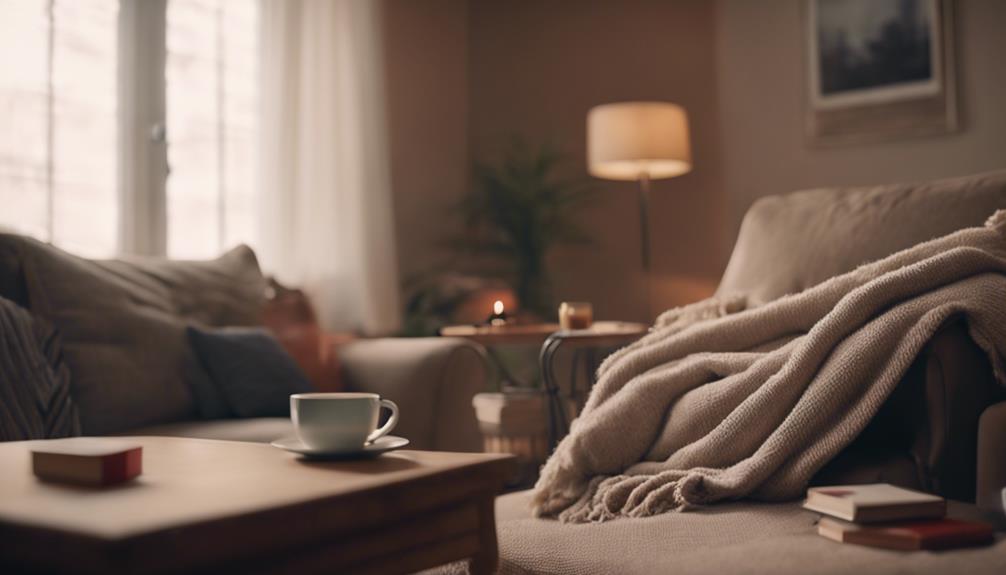
Ensuring optimal use of an electric throw involves considering preheating the bed with the throw before climbing in to enhance comfort and energy efficiency.
An electric throw typically consumes around 60-100 watts of electricity per hour. To save energy, adjusting the heat setting to a comfortable level is advisable. Using the electric blanket for 2-3 hours in a night may cost approximately 12-30 cents.
Remember, unplugging the electric throw when not in use can prevent unnecessary energy consumption. By following these tips, you can optimize the usage of your electric throw, ensuring both comfort and energy efficiency.
Being mindful of your energy consumption while enjoying the warmth provided by electric blankets is important. Adjusting settings and unplugging when not in use are simple yet effective ways to make the most of your electric throw while keeping energy costs in check.
Understanding Electricity Costs
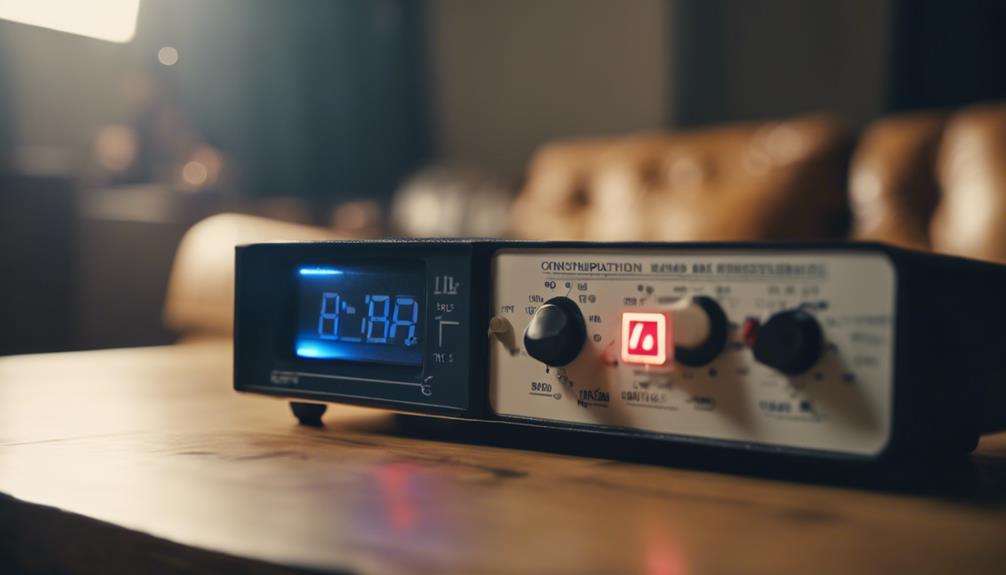
Understanding the costs associated with electricity consumption is essential for effectively managing your budget and optimizing energy usage. When it comes to using an electric throw, here are three key points that you should take into account:
- Electricity Costs: An electric throw typically consumes around 75-100 watts of power per hour. This wattage, multiplied by the number of hours you use the throw daily, will determine your energy consumption.
- Energy Consumption: Using an electric throw for 8 hours daily can cost approximately 6-8 cents per day. This cost may vary based on your electricity rate, but it provides a general idea of the daily expense.
- Monthly Impact: If you use the electric throw for 8 hours daily, your monthly cost would add up to around $1.80-$2.40. Calculating the monthly cost involves taking into account the wattage of the throw, your daily usage hours, and the electricity rate in your area.
Understanding these costs can help you make informed decisions about using your electric throw efficiently.
Impact on Monthly Electricity Bill

Monitoring the usage and selecting energy-saving settings can effectively manage the impact of an electric throw on our monthly electricity bill. An electric throw typically consumes 100-150 watts per hour, costing about 12-18 cents daily in electricity when used for 6 hours. Over a month, this can add $3.60 to $5.40 to our bill.
Despite this cost, electric throws are energy-efficient and cost-effective for targeted warmth compared to other heating devices. By monitoring our usage and opting for energy-saving settings, we can minimize the impact on our electricity bill.
Being mindful of how long we use the electric throw each day and adjusting the settings when not needed can make a significant difference. These small adjustments can help us enjoy the comfort provided by the electric throw while keeping our monthly electricity costs manageable.
Conclusion: Electric Throw Energy Consumption
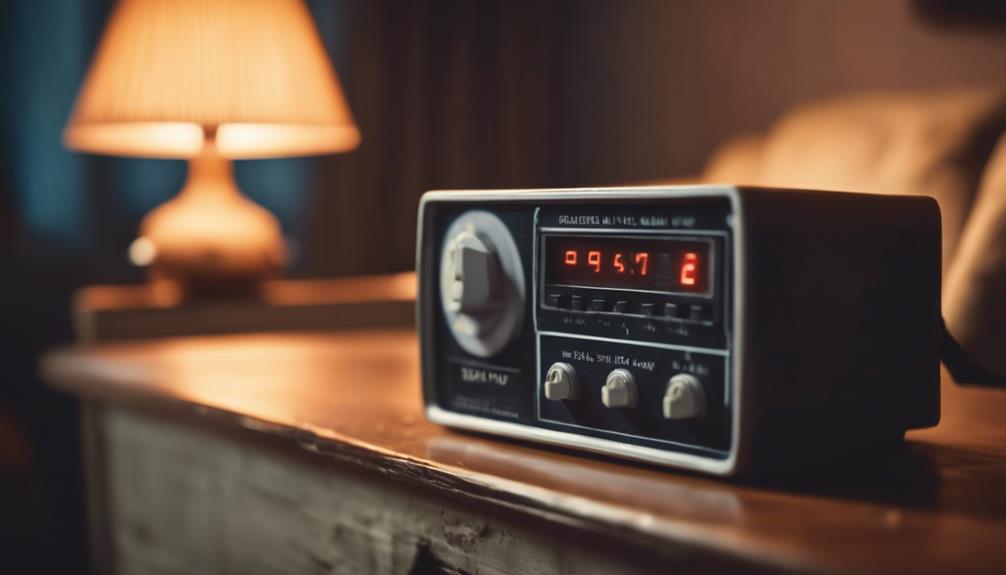
In order to assess the energy consumption of an electric throw accurately, it's essential to take into account its wattage and daily usage patterns. When considering the wattage of an electric throw, which typically ranges between 60-90 watts per hour, it becomes evident that these devices are designed to provide warmth efficiently without consuming excessive electricity.
Using an electric throw for an average of 4 hours daily translates to a cost of about 8-12 cents in electricity, making them a cost-effective heating option. Moreover, compared to traditional heating appliances, electric throws have lower energy consumption rates, offering a balance between comfort and efficiency.
Frequently Asked Questions
Are Electric Throws Cheap to Run?
Electric throws are cost-effective to run due to their low power consumption. Running an electric throw for an hour typically costs 1-2 cents, making them an affordable heating option.
Compared to central heating systems, electric throws offer targeted warmth at a fraction of the cost. Using an electric throw for 6 hours daily can add up to around 6-12 cents to our electricity bill, making them an efficient and budget-friendly choice for personal comfort.
How Much Power Does an Electric Throw Use?
We've been exploring the efficiency of electric throws and their impact on electricity bills. These cozy blankets consume around 50 to 100 watts per hour, offering localized warmth economically.
By using one for 6 hours a day, you'd only spend about 6 to 12 cents on electricity. It's important to choose the right size and brand to optimize energy usage.
Managing the usage of electric throws wisely can lead to significant savings.
Do Electric Blankets Raise Your Electric Bill?
Electric blankets can affect your electric bill, but their impact is relatively low. Our bills may increase by $4-6 per month if we use one for 8 hours a night.
However, this cost is less than using alternative heating methods. To save more, consider using lower heat settings or a timer. Even though electric blankets add to our electricity usage, they offer savings compared to other heating options.
Are Electric Blankets Energy Efficient?
Electric blankets are indeed energy efficient. They typically use 100-150 watts, making them cost-effective. For instance, using one for 6 hours nightly over 4 months may only consume around 108 kWh/year.
This localized heating approach can reduce overall energy consumption in the home. Efficient usage can lead to savings on energy bills in colder climates.
Is an Electric Throw Energy Efficient?
Yes, an electric throw is energy efficient compared to running a central heating system. Electric throw electricity usage is typically low and can be controlled to only heat the specific area you need, saving energy and reducing your overall heating costs.
Conclusion
To sum up, understanding how much electricity an electric throw uses can help you manage your energy consumption effectively.
By considering factors like wattage, usage patterns, and energy efficiency, you can optimize your electric throw usage and minimize its impact on your electricity bill.
So, next time you snuggle up with your electric throw, remember to think about how you can stay cozy while being energy-efficient.

